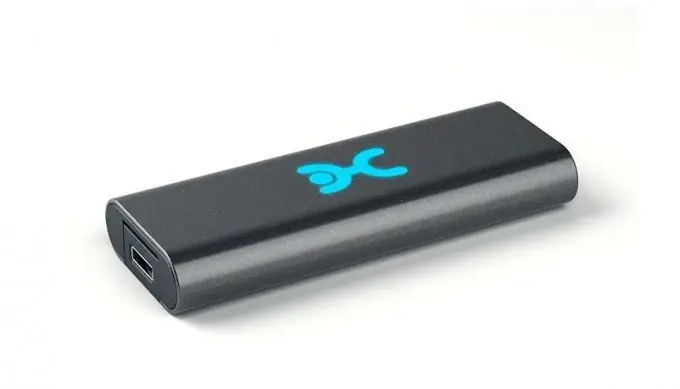Recently, there have been many complaints from users of operating systems based on Ubuntu about the inability to use Yota usb modems. This kind of problem is quite common. If you are the proud owner of such a modem and have encountered difficulties in setting up your offline connection to the Internet, then this information will be useful to you.

The first thing to find out is whether your modem is working. Let's do it as follows:
1. Insert the modem into a known working usb port.
2. Open a terminal (ALT + F2 Run: lxterminal).
3. Check if the system sees the connected modem: lsusb. In the output of this command, we should see the connected Yota modem (in my case: Bus 001 Device 005: ID 1076: 8002 GCT Semiconductor, Inc. LU150 LTE Modem [Yota LU150]). If the modem is not found, then you should assume there is a hardware problem with either the modem or the usb port.
After making sure that the modem and usb ports are working, proceed to the configuration:
1. Check for a new network interface in the system: ifconfig. If there is nothing new, then go to plan "B":
- We look at all the available network interfaces of the system: ls / sys / class / net (in my case: enp1s0 enx00093bf01a40 lo wlp2s0). It is also possible to list all network interfaces on the system with the ifconfig -a command, but its output is more cumbersome.
- The new interface on my system is enx00093bf01a40, activate it: sudo ifconfig enx00093bf01a40 up. It should now appear in the output of the ifconfig command.
2. Request DHCP data on this interface: sudo dhclient enx00093bf01a40.
All is ready! The modem is now connected and ready to use. To select the conditions for connection, go to the address: service provider.
In order not to do all these operations every time when it becomes necessary to use the Internet far from civilization, you can write a small script that, when a modem is connected, will do all of the above for us. But this is a topic for another article.






